#Horatio george
Text

How did I never show you all this picture of my cat?? Lookit him! And yes, he lets me bury my hand and occasionally my face in there.
#Horatio george#ray ray#my kitty#creamsicle cat#orange tabby#my little man#those are the pillows on my bed he's laying on
288 notes
·
View notes
Text
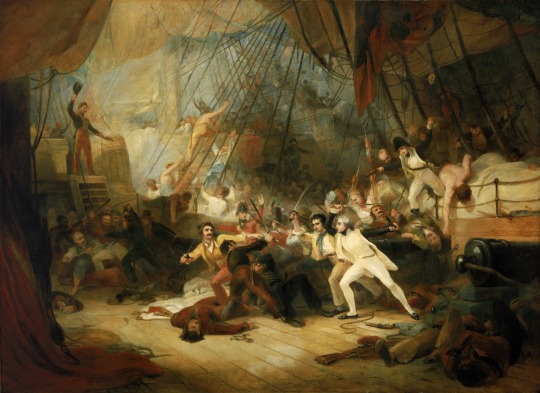
Nelson boarding the 'San Josef' at the Battle of Cape St Vincent, 14 February 1797
by George Jones
With the famous battle cry "Westminster Abbey or Glorious Victory!" Nelson sword in hand, leading the boarding party, captured San Nicolás & used her as a bridge to board and capture San José.
#horatio nelson#battle of cape st vincent#age of sail#art#george jones#edward berry#great britain#britain#england#english#british#spain#spanish#history#royal navy#marine art#french revolutionary wars#naval battles#sea battles#naval battle#sea battle#cape st vincent#portugal#europe#ships#warship#ship#sir edward berry#captain berry#sailor
52 notes
·
View notes
Text






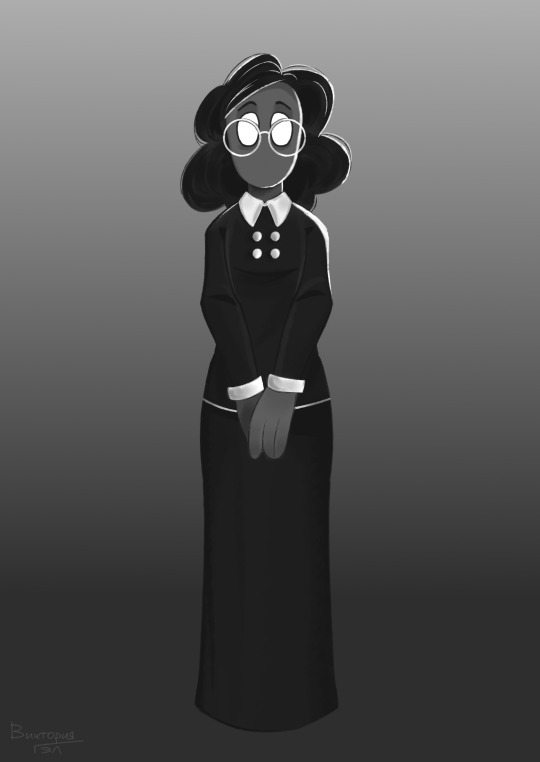
#beholder#beholder game#beholder 2#evan redgrave#kaleb radgrave#george hemnitz#emma hazer#maria curie#horatio newport#otto werner
21 notes
·
View notes
Text
Thrawn: You will pose as Horatio Figg, a smuggler and-
Eli:

#horatio figg#it’s my favourite scene#eli vanto#Thrawn#thrawn novel#star wars incorrect quotes#Seinfeld#george costanza#Horatio figg meeting Art Vandalay when?
130 notes
·
View notes
Text

Late afternoon -
They went for a walk with the wolves over to the bar to prepare the event.



Noxee and Greg were not the only ones sparring.
This is Horacio and adult Jack’s oldest son George from the other story universe :)


From the Beginning ~ Underwater Love ~ Latest
#The Cattle Market#sims 4 simblr#sims 4 story#sims 4 occult#sims 4 werewolves#sims 4 vanilla#Jack Callahan#Horatio Bones McCoy#george callahan#Noxeema Jackson#Greg Lunvik#Vladimir Tepesz#LY#Woo Ji Ho#Saiwa#giga byte#Underwater Love#pre cattle market#moonwood mill
46 notes
·
View notes
Text

Nightmare blunt rotation
#top to bottom left to right:#lord nelson#william pitt the younger#george canning#spencer perceval#lord castlereagh#henry addington#lord liverpool#lord grenville#lineup consists of six napoleonic tories one napoleonic tory calling himself a whig and horatio nelson rip#political history
20 notes
·
View notes
Text
Check out hot shirtless statue of President Daddy George Washington
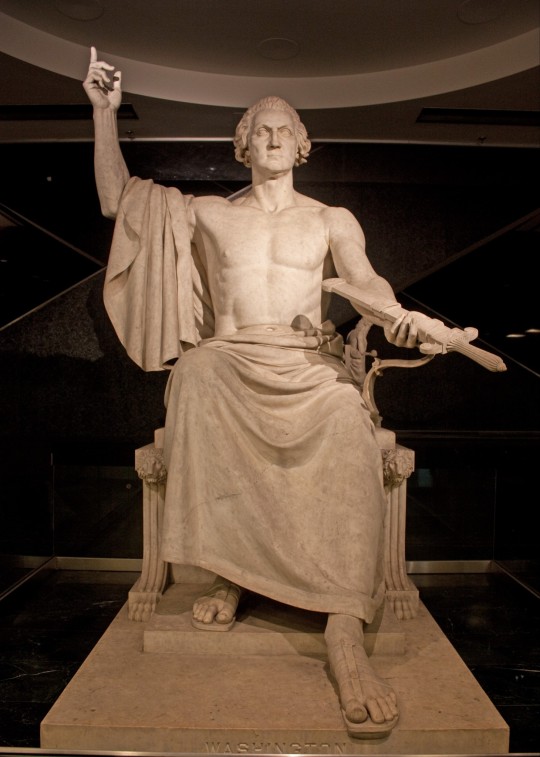
2 notes
·
View notes
Text

Horatio Brown, Julia Duckworth Stephen, George Duckworth, Gerald Duckworth, Vanessa, Thoby, Virginia Woolf, and Adrian Stephen and the family dog in 1892
#horatio brown#julia duckworth stephen#george duckworth#vanessa bell#thoby stephen#adrian stephen#1892#1890s#virginia woolf#virginia woolf 1890s#vanessa bell 1890s#julia duckworth stephen 1890s
0 notes
Text
SAD well theres other
1 note
·
View note
Text
Bisbee Jr. vs. Finlay: Joshua W. Williams and the 1880 Florida Voter Suppression Controversy
Here's a story about my great grandfather, Joshua W. Williams, and other community members who stood up for democracy and against voter suppression in Suwannee County, Florida, in 1880.
William Gainer Williams (1869-1953), oldest son of Joshua W. Williams
Currently, there is a lot of discussion around voting rights and potential voter suppression. Many are anxious to pass the John Lewis Voting Rights Bill in Congress. Sadly, this is an issue that has been of concern for 153 years since the passage of the Fifteenth Amendment in 1870. One case in point revolved around allegations…
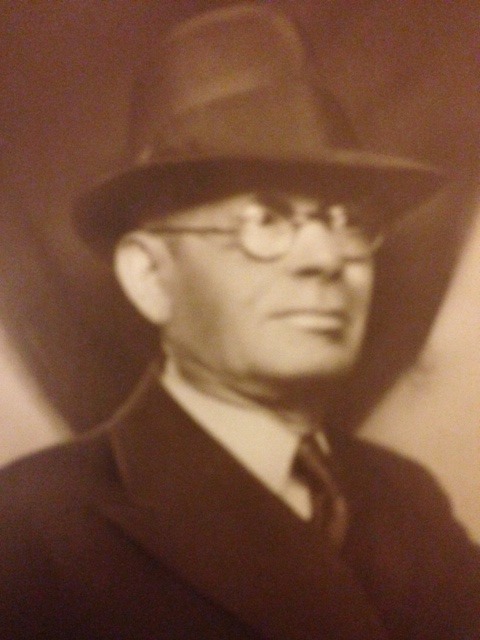
View On WordPress
#1880 Florida Election#Alexander Gainer#Bisbee v Finlay#Caleb Simpkins#Elijah Carruthers#George Rixford#Henry Farnell#Henry McGee#Horatio Bisbee Jr#Isreal Whitehurst#Joshua W Williams#Live Oak-Suwannee County-FL#Randel Farnell#voter suppression#WH Slate#William Evans
0 notes
Text

Hangry kitty
11 notes
·
View notes
Text

Nelson Boarding the 'San Josef' at the Battle of Cape St Vincent, 14 February 1797
by George Jones
Horatio Nelson with 74 Gun HMS Captain breaks formation against his orders, attacking aggressively despite facing 80-112-130 Gun Ships. He would later board and capture two Spanish Ships with the Battle Cry "Westminster Abbey or Glorious Victory!".
#age of sail#art#painting#history#england#britain#spain#europe#horatio nelson#ship#battle#glorious#victory#westminster abbey#george jones#sea battle#naval battle#marine
11 notes
·
View notes
Text

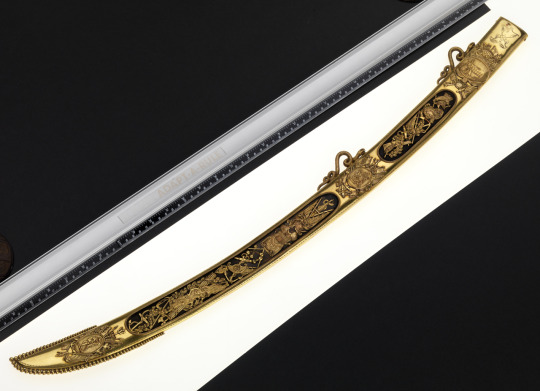
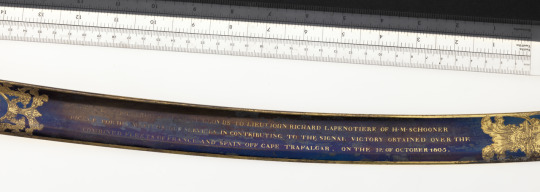

Lloyds Patriotic Fund £100 Trafalgar pattern presentation sword that belonged to Captain J.R. Lapenotiere (1770-1834)
John Richard Lapenotiere entered the Navy in 1780. He served in the South Seas with King George's Sound Company between 1785-1788. He re-entered the Navy when war broke out in 1793. In 'Boyne' under Sir John Jervis at the reduction of the French West India Islands. He was promoted to the rank of Lieutenant in 1794. He commanded the hired cutter 'Joseph' in the Mediterranean between 1800-1803. Whilst in command of the schooner 'Pickle' he rescued the crew of the 'Magnificent', which was wrecked off Brest in 1804.
He commanded the 'Pickle' at the Battle of Trafalgar and was sent home by Vice-Admiral Cuthbert Collingwood (1750-1810) with the dispatches announcing the victory at Trafalgar and the news of Vice-Admiral Horatio Nelson's (1758-1805) death. For this service Lapenotiere was promoted to the rank of Commander and awarded a Lloyd's Patriotic Fund Sword.
He commanded the 'Orontes' at the bombardment of Copenhagen in 1807 and was promoted to the rank of Captain in 1811. He died in Cornwall in 1834.
#naval artifacts#naval weapons#patriotic sword#captain lapenotiere#late 18th -early 19th century#age of sail
88 notes
·
View notes
Photo

Battle of Cowpens
The Battle of Cowpens (17 January 1781) was a decisive battle in the southern theater of the American Revolutionary War (1775-1783). It saw a detachment of Continental soldiers and Patriot militia under Brigadier General Daniel Morgan defeat a British force under Lt. Colonel Banastre Tarleton. The battle helped lead to the end of British domination in the American South.
Background
On 2 December 1780, Major General Nathanael Greene rode into the American military camp at Charlotte, North Carolina. A 38-year-old Quaker from Rhode Island, Greene had been entrusted by General George Washington to take charge of the remnants of the Southern Department of the Continental Army after its disastrous defeat at the Battle of Camden (16 August 1780). What Greene found at Charlotte was less an army than a rugged gathering of 1,400 disheartened men. The troops were undersupplied, underfed, and lacked clothing. Several men sat huddled around the campfires practically naked, with only rags or blankets to protect them from the elements. Many of the soldiers stirred themselves only to plunder the surrounding countryside for food, and the officers had grown jaded enough not to care. It was a ghastly display of dejection that must have reminded Greene of the state of the main army at Valley Forge three winters before.
It was not hard to see why the army was in such a depressed state. The Americans had suffered nothing but defeat since the British had first invaded the American South in late 1778. Having grown frustrated with their unsatisfactory military campaigns in the North, the British had shifted their focus to the South, which was rumored to be replete with Loyalists as well as the source of much of the United States' commercial wealth. The capture of the South, it was believed, would not only cut the United States in two but also cripple its ability to keep fighting. The British implemented their so-called 'southern strategy' in December 1778 by seizing Savannah, Georgia; the following year, a Franco-American attempt to retake the city failed, and Georgia became the first state to fall back under British control. In May 1780, the British won the Siege of Charleston, taking the largest and most important city in the entire South. Under the command of Lord Charles Cornwallis, the British then set about pacifying the rest of South Carolina. This sparked a bloody regional civil war, as the state's Patriot and Loyalist militias brutalized one another in the South Carolina backcountry. The southern Continental Army, under General Horatio Gates, had tried to retake the state but had been decisively defeated at Camden.
Now, as Greene took over command of the depleted army from Gates, he realized the monumental task that rested upon his shoulders. Should he fail, there would be nothing to prevent Cornwallis from conquering North Carolina and Virginia, completing the British 'southern strategy'. Greene was a cautious commander who pursued a 'Fabian strategy'. That is, he tried to avoid fighting any pitched battle that he was not sure he could win, instead wearing the enemy down through attrition and guerilla fighting, striking only when he spotted vulnerability. The Patriot militias already operating in South Carolina could serve this purpose well; Greene hoped that they could keep the British distracted long enough for him to whip his army into shape and maybe find new recruits. However, he would need someone he could rely on to go down into South Carolina and keep the militias supplied and organized. As it happened, Greene already had just the man in mind.
Continue reading...
24 notes
·
View notes
Text
Friends, enemies, comrades, Jacobins, Monarchist, Bonapartists, gather round. We have an important announcement:
The continent is beset with war. A tenacious general from Corsica has ignited conflict from Madrid to Moscow and made ancient dynasties tremble. Depending on your particular political leanings, this is either the triumph of a great man out of the chaos of The Terror, a betrayal of the values of the French Revolution, or the rule of the greatest upstart tyrant since Caesar.
But, our grand tournament is here to ask the most important question: Now that the flower of European nobility is arrayed on the battlefield in the sexiest uniforms that European history has yet produced (or indeed, may ever produce), who is the most fuckable?
The bracket is here: full bracket and just quadrant I
Want to nominate someone from the Western Hemisphere who was involved in the ever so sexy dismantling of the Spanish empire? (or the Portuguese or French American colonies as well) You can do it here
The People have created this list of nominees:
France:
Jean Lannes
Josephine de Beauharnais
Thérésa Tallien
Jean-Andoche Junot
Joseph Fouché
Charles Maurice de Talleyrand
Joachim Murat
Michel Ney
Jean-Baptiste Bernadotte (Charles XIV of Sweden)
Louis-Francois Lejeune
Pierre Jacques Étienne Cambrinne
Napoleon I
Marshal Louis-Gabriel Suchet
Jacques de Trobriand
Jean de dieu soult.
François-Étienne-Christophe Kellermann
17.Louis Davout
Pauline Bonaparte, Duchess of Guastalla
Eugène de Beauharnais
Jean-Baptiste Bessières
Antoine-Jean Gros
Jérôme Bonaparte
Andrea Masséna
Antoine Charles Louis de Lasalle
Germaine de Staël
Thomas-Alexandre Dumas
René de Traviere (The Purple Mask)
Claude Victor Perrin
Laurent de Gouvion Saint-Cyr
François Joseph Lefebvre
Major Andre Cotard (Hornblower Series)
Edouard Mortier
Hippolyte Charles
Nicolas Charles Oudinot
Emmanuel de Grouchy
Pierre-Charles Villeneuve
Géraud Duroc
Georges Pontmercy (Les Mis)
Auguste Frédéric Louis Viesse de Marmont
Juliette Récamier
Bon-Adrien Jeannot de Moncey
Louis-Alexandre Berthier
Étienne Jacques-Joseph-Alexandre Macdonald
Jean-Mathieu-Philibert Sérurier
Catherine Dominique de Pérignon
Guillaume Marie-Anne Brune
Jean-Baptiste Jourdan
Charles-Pierre Augereau
Auguste François-Marie de Colbert-Chabanais
England:
Richard Sharpe (The Sharpe Series)
Tom Pullings (Master and Commander)
Arthur Wellesley, 1st Duke of Wellington
Jonathan Strange (Jonathan Strange & Mr. Norrell)
Captain Jack Aubrey (Aubrey/Maturin books)
Horatio Hornblower (the Hornblower Books)
William Laurence (The Temeraire Series)
Henry Paget, 1st Marquess of Anglesey
Beau Brummell
Emma, Lady Hamilton
Benjamin Bathurst
Horatio Nelson
Admiral Edward Pellew
Sir Philip Bowes Vere Broke
Sidney Smith
Percy Smythe, 6th Viscount Strangford
George IV
Capt. Anthony Trumbull (The Pride and the Passion)
Barbara Childe (An Infamous Army)
Doctor Maturin (Aubrey/Maturin books)
William Pitt the Younger
Robert Stewart, 2nd Marquess of Londonderry (Lord Castlereagh)
George Canning
Scotland:
Thomas Cochrane
Colquhoun Grant
Ireland:
Arthur O'Connor
Thomas Russell
Robert Emmet
Austria:
Klemens von Metternich
Friedrich Bianchi, Duke of Casalanza
Franz I/II
Archduke Karl
Marie Louise
Franz Grillparzer
Wilhelmine von Biron
Poland:
Wincenty Krasiński
Józef Antoni Poniatowski
Józef Zajączek
Maria Walewska
Władysław Franciszek Jabłonowski
Adam Jerzy Czartoryski
Antoni Amilkar Kosiński
Zofia Czartoryska-Zamoyska
Stanislaw Kurcyusz
Russia:
Alexander I Pavlovich
Alexander Andreevich Durov
Prince Andrei (War and Peace)
Pyotr Bagration
Mikhail Miloradovich
Levin August von Bennigsen
Pavel Stroganov
Empress Elizabeth Alexeievna
Karl Wilhelm von Toll
Dmitri Kuruta
Alexander Alexeevich Tuchkov
Barclay de Tolly
Fyodor Grigorevich Gogel
Ekaterina Pavlovna Bagration
Ippolit Kuragin (War and Peace)
Prussia:
Louise von Mecklenburg-Strelitz
Gebard von Blücher
Carl von Clausewitz
Frederick William III
Gerhard von Scharnhorst
Louis Ferdinand of Prussia
Friederike of Mecklenburg-Strelitz
Alexander von Humboldt
Dorothea von Biron
The Netherlands:
Ida St Elme
Wiliam, Prince of Orange
The Papal States:
Pius VII
Portugal:
João Severiano Maciel da Costa
Spain:
Juan Martín Díez
José de Palafox
Inês Bilbatua (Goya's Ghosts)
Haiti:
Alexandre Pétion
Sardinia:
Vittorio Emanuele I
Lombardy:
Alessandro Manzoni
Denmark:
Frederik VI
Sweden:
Gustav IV Adolph
45 notes
·
View notes
Text
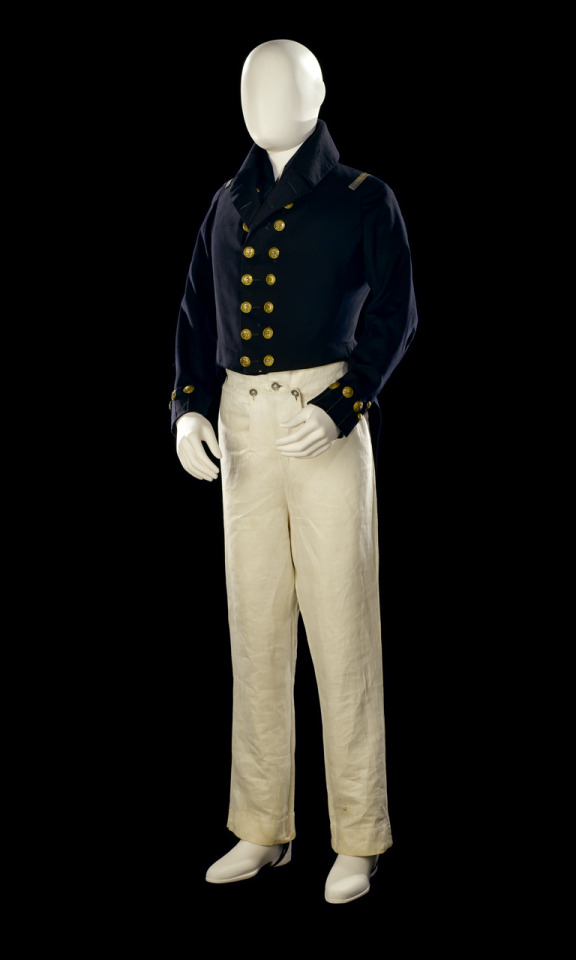

Royal Naval uniform: pattern 1836.
White cotton twill trousers with a satin finish. Fall-front with four metal button fastenings, worn by Lieutenant Horatio James (died 1850), later Commander. The flap fastens with two additional buttons. There is a fob pocket in the waistband. The pocket flaps also fasten with metal buttons, but are separate from the flap. There are four buttons along the top for braces. At the back there is one button on either side of the gusset to secure braces. The central back gusset also had two eyelets on either side with cotton tape to adjust the fit. (NMM).
King George IV died on 26th June 1830. A fortnight later his brother, William IV, ordered that the collars and cuffs of the dress coats of [Royal Navy] commissioned officers should be changed from white to scarlet, that three buttons should be placed under each of the pocket flaps, and that no gold lace should be worn on the trousers. His Majesty also gave breeches a final kick in the seat by decreeing that they should no longer be worn at king's or queen's drawing-rooms. Thus they made their exit from the naval officer's wardrobe.
[...] Trousers, however, remained problem garments. 'Doubts appearing to be entertained' as to when to wear white and when to wear blue, His Majesty was 'graciously pleased to command' that on all occasions of full dress officers should wear white trousers between 1st May and 14th October and blue trousers between 15th October and 30th April. In undress the decision was left to to the weather and the officer concerned, as it had been in the past.
— Dudley Jarrett, British Naval Dress
#age of sail#age of steam#royal navy#naval uniform#dress history#1830s#naval history#trousers#breeches#william iv#british naval dress#i love that the 'sailor king' literally comes in swinging with new uniform regulations#and gives breeches 'a final kick in the seat' haha#love that for him#dressed to kill#dudley jarrett#extant
149 notes
·
View notes